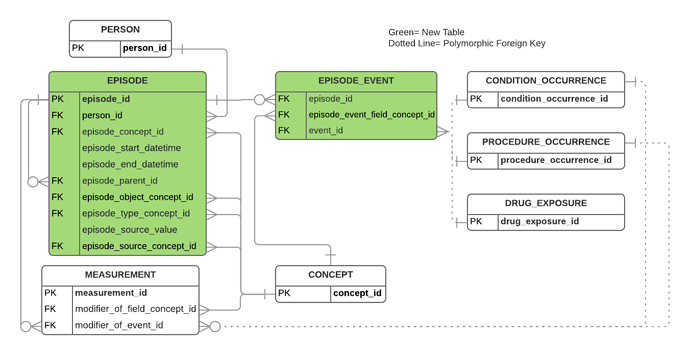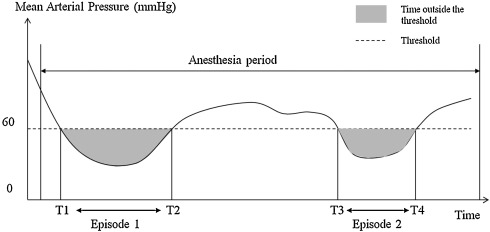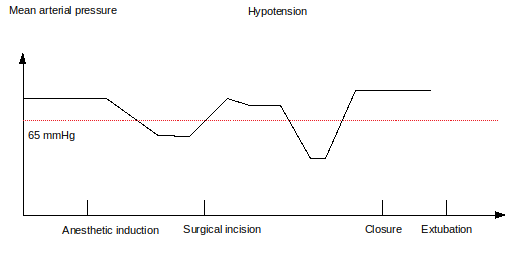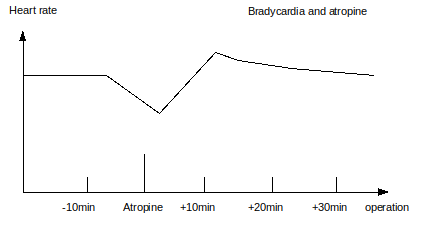Hi All,
I’m new in OMOP solution, and as the first use case to implement into the OMOP model I use surgery data.
As far as I learned, I use the Procedure_Occurrence for surgery start and end time, type and other information.
There is additional information that I thought of representing in an external table, like: Time of anesthesia, time of first cut, type of anesthesia, also information during plan phase of the surgery like surgery type, planned date and time, etc.
The general question is if it recommended using external ‘subject dedicate tables’ and if those tables can be representing in ATHNA and ATLAS applications?
Thanks in advance,
Guy





